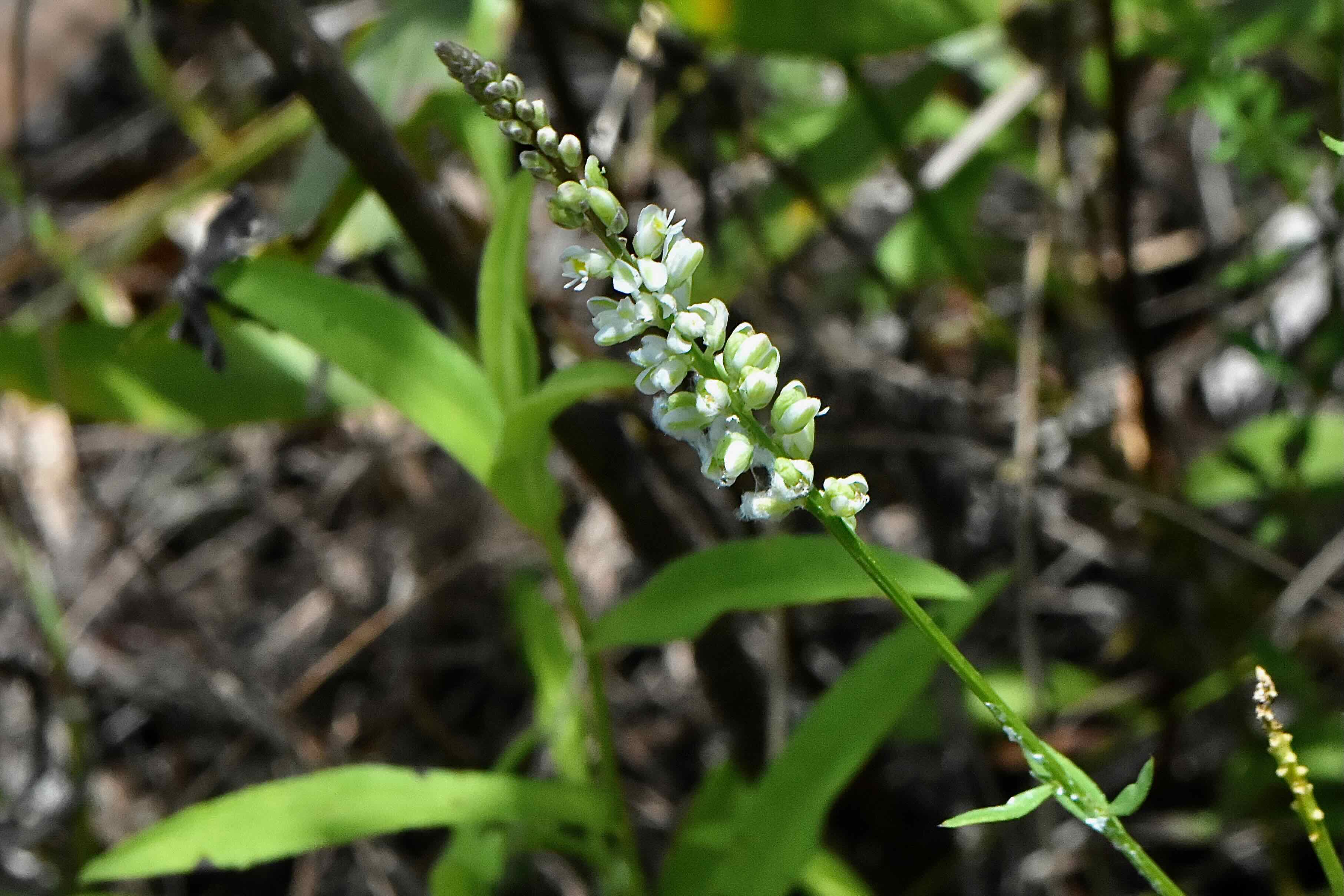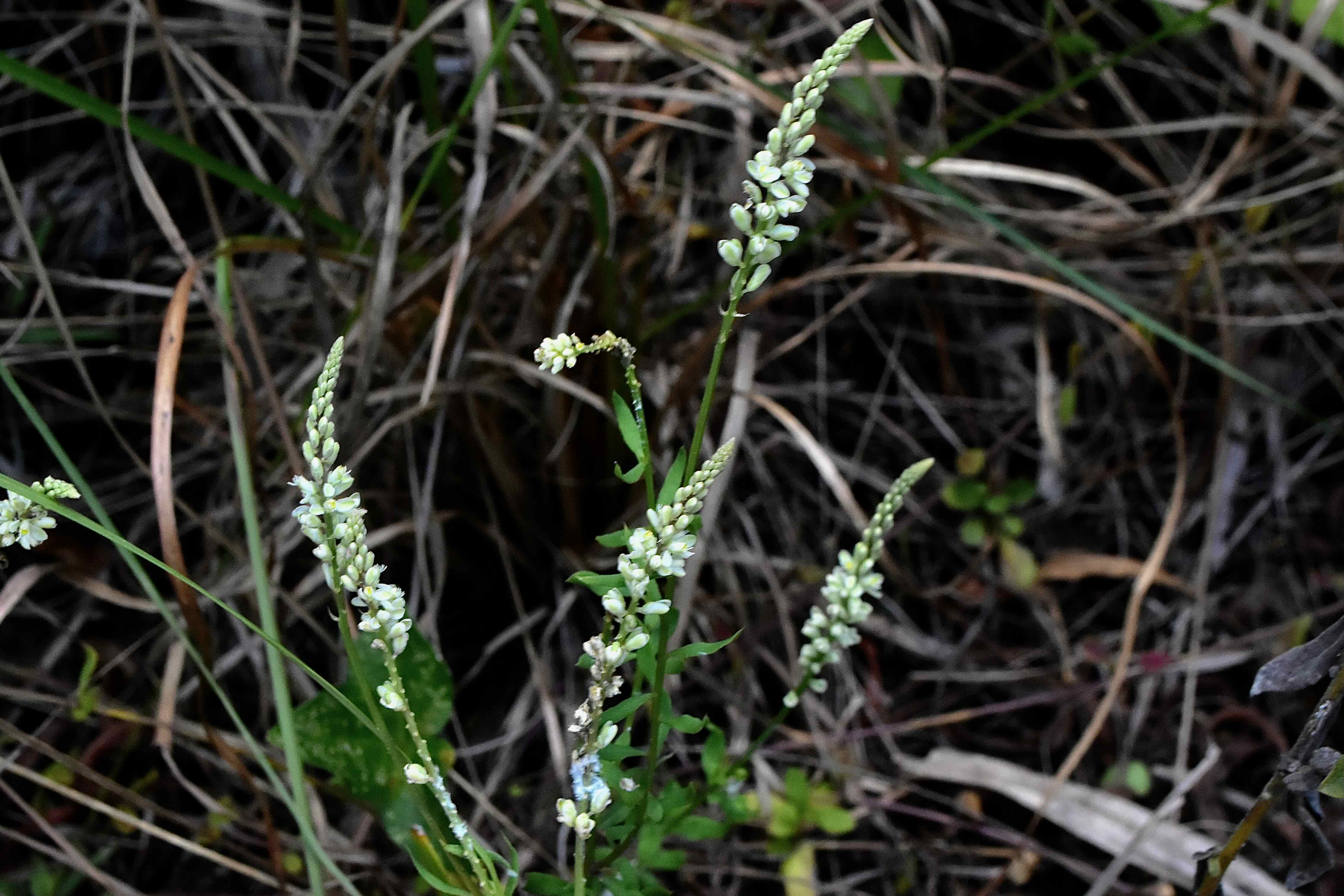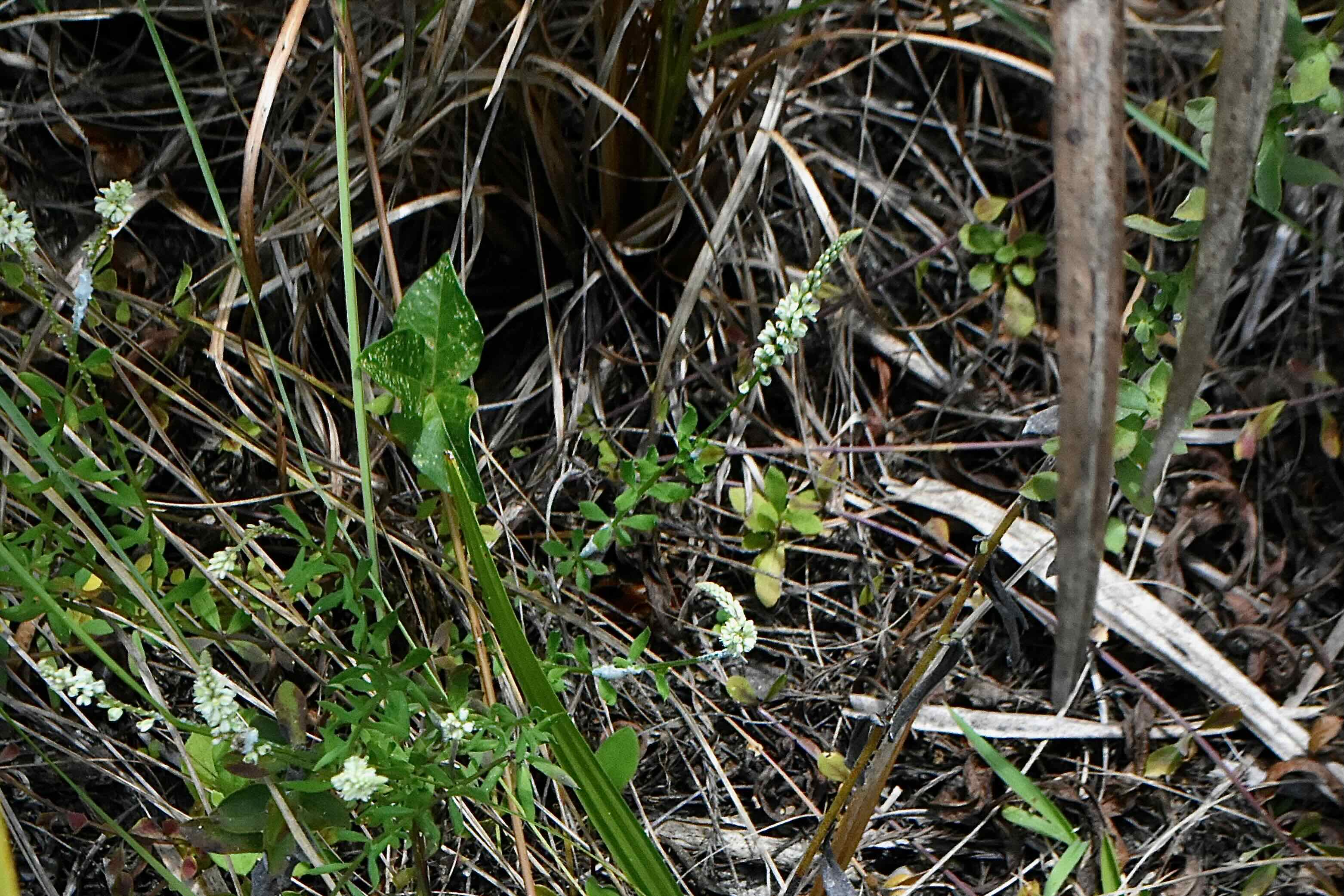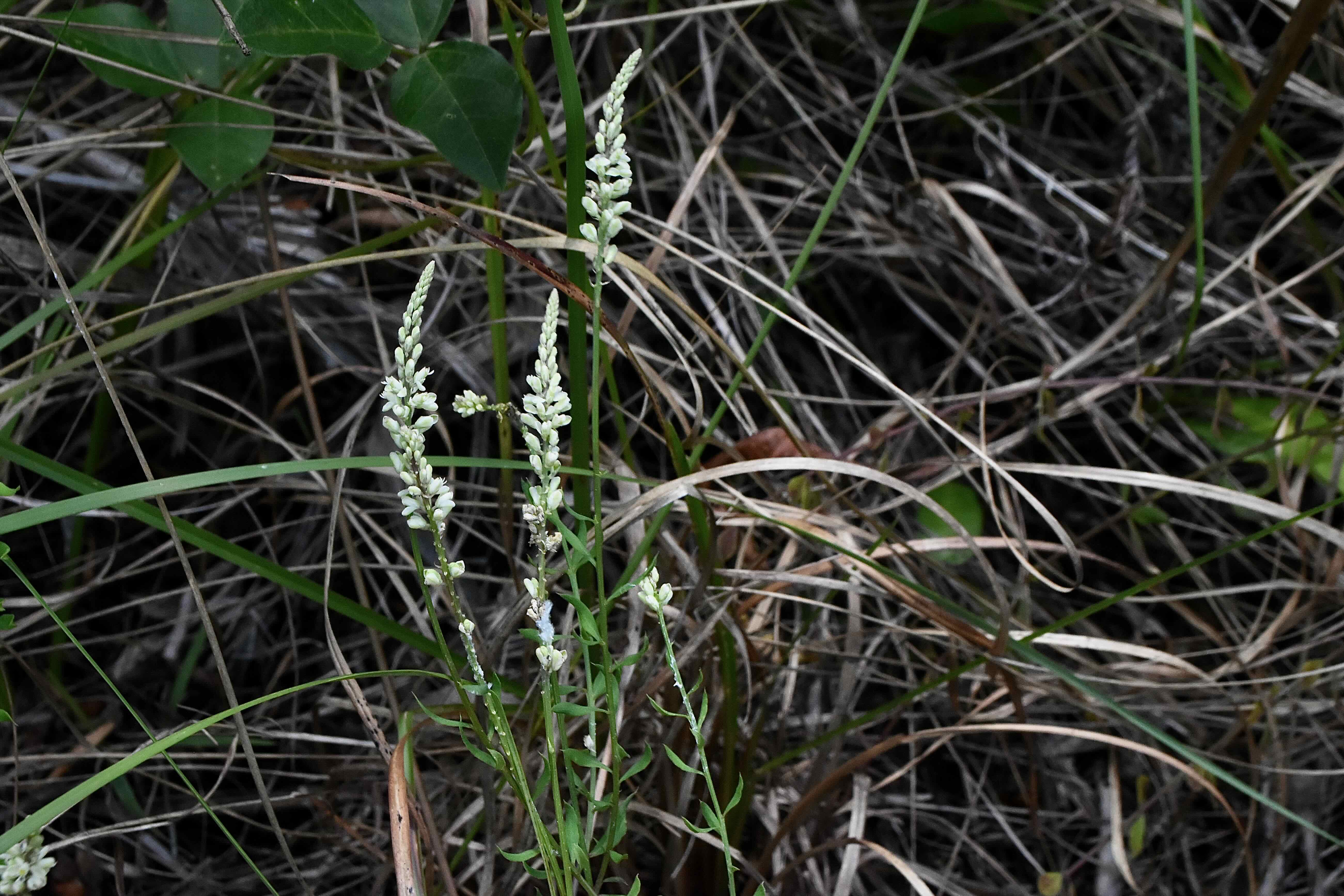
Boykin's milkwort, photographed at Big Cypress National Preserve, Ochopee, Collier County, in May 2022.
Probably the most eye-catching feature of Boykin’s milkwort, Polygala boykinii, is its lack of eye-catching features. The flowers, while prominent, aren’t exactly dazzling, and the foliage is, well, ordinary.
What it does have going for it is its relative rarity. Common it isn’t, at least in South Florida. See it and you’ll wonder what it is, which will make you want to take a closer look and become familiar with its features. Kind of a domino effect.
Boykin’s milkwort is a Florida native found mostly along the Gulf Coast between Monroe in the south and Taylor in the Big Bend region. It’s also found in Miami-Dade and the Keys in the east and in three Panhandle counties — Leon, Gadsden and Jackson.
Boykin’s is also native to Georgia, Alabama, Mississippi, Louisiana and Tennessee. It’s also found in parts of the Caribbean.
Boykin’s milkwort is a medium-sized herb (non-woody stems), reaching perhaps 18 to 24 inches off the ground. It’s usually multi-stemmed and usually upright. In spring and summer, it send up spikes of green-white flowers that while hardly showy, are numerous enough and large enough to attract attention.
It’s one of the few milkwort species in Florida to sport white flowers.
Leaves are variable but grow in whorls at the base of the plant. They are relatively short and narrow, sometimes growing to a sharp point, sometimes more on the blunt side, usually, but not always, without a leaf stem. They are glabrous, or smooth, lacking hairs in plain English.
It favors pine-flatwoods, prairies and limestone sites. It is a short-lived perennial.
Boykin’s is highly variable in its looks, but is split into two recognized subspecies, Boykin’s fewleaf milkwort, Polygala boykinii var. sparsifolia, found only in Florida, and Polygala boykinii var. boykinii. The features that differentiate the two? Don’t know. The Flora of North America says Boykin’s could merit closer examination to see if there are other variations worth classifying as subspecies.
A word about milkworts generally: the genus name, Polygala, is a mashup of two Greek words meaning many milk. It comes from the belief that the presence of these plants in a field is an indication of good pasture lands. Put Ole Bessie in a field where they are found and she’ll reward you by producing plenty of milk.
A second word about members of Polygala generally: in 2023, there was a move to reclassify members of the genus as belonging instead to the genus Senga, including our guy, Boykin’s milkwort.
The taxonomic powers that be split Polygala by geography, with those native to the Western Hemisphere and Subsaharan Africa assigned to Senga and those native to the remainder of the Old World stayed in Polygala. As best we can tell, the Integrated Taxonomic Information System, which we use as our standard, had yet to accept the change as of the date of this publication (July 2025).
And one more than before we go: the Boykin in the name is one Samuel Boykin, a 19th century planter, physician and naturalist who studied the plants of the Southeast. Noted colleague Thomas Nuttall first scientifically described Boykin’s milkwort and gave it the name.
As of this writing (July 2025) most references still use Polygala, including the Integrated Taxonomic Information System.
Big Cypress National Preserve



